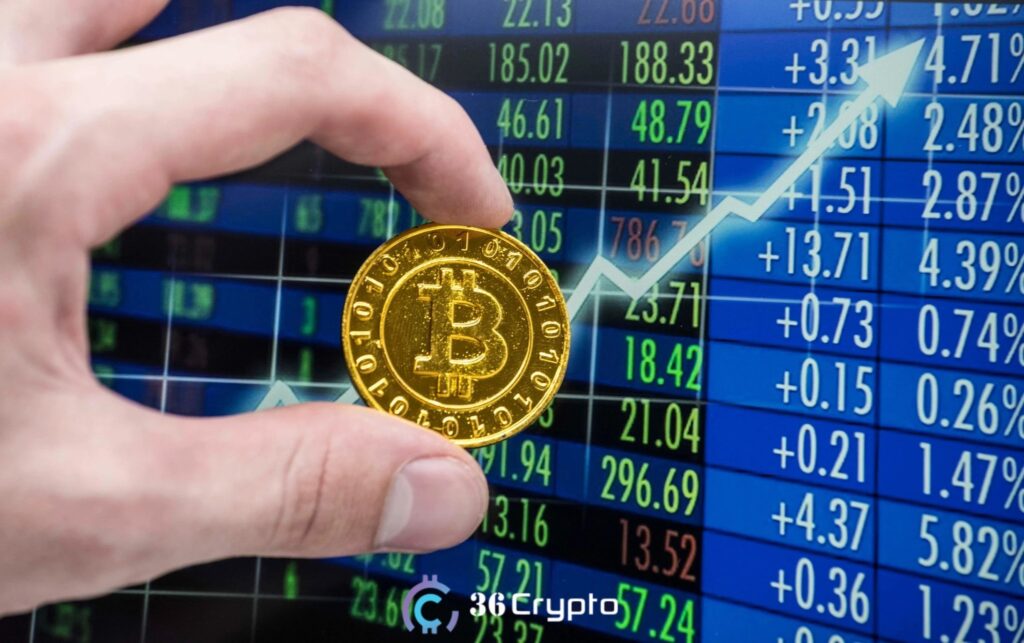Fantom cuts staking requirement by 90% in a bid to increase security
The Fantom Foundation has officially reduced the validator self-staking requirement on its layer-1 blockchain, Fantom, by 90%, more than six months after the conclusion of a governance vote. The announcement, made in a post on January 15, revealed that the changes were implemented recently following the June 2023 vote. The adjustment sees the Fantom (FTM) staking threshold decrease from 500,000 FTM to 50,000 FTM, equivalent to approximately $19,500.
According to the foundation, these modifications aim to enhance Fantom’s security while simultaneously making it “more accessible than ever” for individuals to operate a validator. The foundation emphasized that an increased number of validators contributes to heightened security, making it more challenging for malicious actors to launch attacks.
Fantom validators play a crucial role by bundling transactions and sharing them with other validators. Finality is achieved when at least two-thirds of network validators reach a consensus. The foundation anticipates that the surge in validator count will expedite the processing of submitted transactions, given the greater pool of validators to choose from.
Addressing potential concerns, the foundation clarified that the reduction in staking requirements does not pose a security risk. It emphasized that a validator’s power to confirm transactions is directly proportional to its staking amount, rather than the number of validators it operates. To illustrate, a validator with 1 million FTM staked would possess the same transaction confirmation power as twenty smaller validators, each with 50,000 FTM staked.
Fantom has been advocating for a reduction in the minimum staking amount required to run a node since at least February 2022. Current data indicates that Fantom presently boasts 58 validators securing its network, as per Fantom’s block explorer.
Comparatively, Ethereum, the leading layer 1 smart contract platform, boasts over 1.1 million validators. In a June 2023 report citing Messari data, Cardano, Solana, and Avalanche hosted 2,589, 1,876, and 1,119 validators, respectively.
Notably, three months ago, the Fantom Foundation’s official hot wallet fell victim to a $550,000 hack, accounting for less than 1% of the foundation’s total funds. In response, the foundation awarded $1.7 million to a security researcher who identified an additional potential risk associated with the hack, ultimately helping mitigate a potential $170 million in damages.

Introduction:
In the ever-evolving landscape of the cryptocurrency market, the price of Bitcoin is a subject of constant speculation and analysis. Today, Bitcoin has experienced a significant surge, prompting market participants to delve into the factors influencing this sudden uptick. This article aims to explore the various elements contributing to the current rise in Bitcoin prices.
Market Sentiment and Speculation:
One of the primary drivers behind the surge in Bitcoin prices today is the prevailing market sentiment and increased speculation. Cryptocurrency markets are highly sensitive to news, rumors, and overall sentiment, and any positive developments can trigger a wave of buying activity. Traders and investors are closely monitoring global economic indicators, regulatory developments, and geopolitical events that could impact the cryptocurrency market.
Institutional Adoption:
The growing adoption of Bitcoin by institutional investors has been a key factor in boosting its price. Over the past few years, major financial institutions and corporations have increasingly shown interest in Bitcoin as a legitimate asset class. The participation of institutional investors brings credibility and liquidity to the market, creating a positive feedback loop that drives up prices. Today’s surge may be a result of additional institutions entering the space, further legitimizing Bitcoin as a viable investment option.
Macro-Economic Factors:
Macro-economic factors also play a crucial role in influencing Bitcoin prices. Factors such as inflation concerns, currency devaluation, and economic instability can lead investors to seek alternative stores of value, with Bitcoin being a prominent choice. Today’s surge might be a response to macro-economic indicators suggesting increased demand for non-traditional assets as a hedge against economic uncertainties.
Supply and Demand Dynamics:
Bitcoin’s fixed supply of 21 million coins creates a unique dynamic where scarcity can drive up prices. The increasing demand for Bitcoin, coupled with its limited supply, often results in price appreciation. Today’s surge could be attributed to heightened demand, potentially fueled by increased adoption, positive sentiment, or other factors influencing market participants to seek exposure to Bitcoin.
Regulatory Developments:
Regulatory developments can have a profound impact on the cryptocurrency market. Positive regulatory news, such as the approval or recognition of Bitcoin by governments or financial authorities, can instill confidence among investors and drive prices higher. Conversely, negative regulatory developments can lead to sell-offs and price declines. Today’s surge might be linked to regulatory developments signaling a more favorable environment for Bitcoin.
Technological Advancements:
Advancements in blockchain technology and the overall cryptocurrency ecosystem can also contribute to increases in Bitcoin prices. Improvements in scalability, security, and usability of Bitcoin may attract more users and investors to the ecosystem. Additionally, technological upgrades, such as the implementation of new protocols or consensus mechanisms, can enhance the functionality and appeal of Bitcoin. Today’s surge may be a response to positive technological developments within the Bitcoin ecosystem.
Conclusion:
In conclusion, the surge in Bitcoin prices today is likely a culmination of various interconnected factors. Market sentiment, institutional adoption, macro-economic conditions, supply and demand dynamics, regulatory developments, and technological advancements all contribute to the complex tapestry that shapes Bitcoin’s value. As the cryptocurrency market continues to evolve, understanding and analyzing these factors becomes increasingly crucial for investors, traders, and enthusiasts alike.









